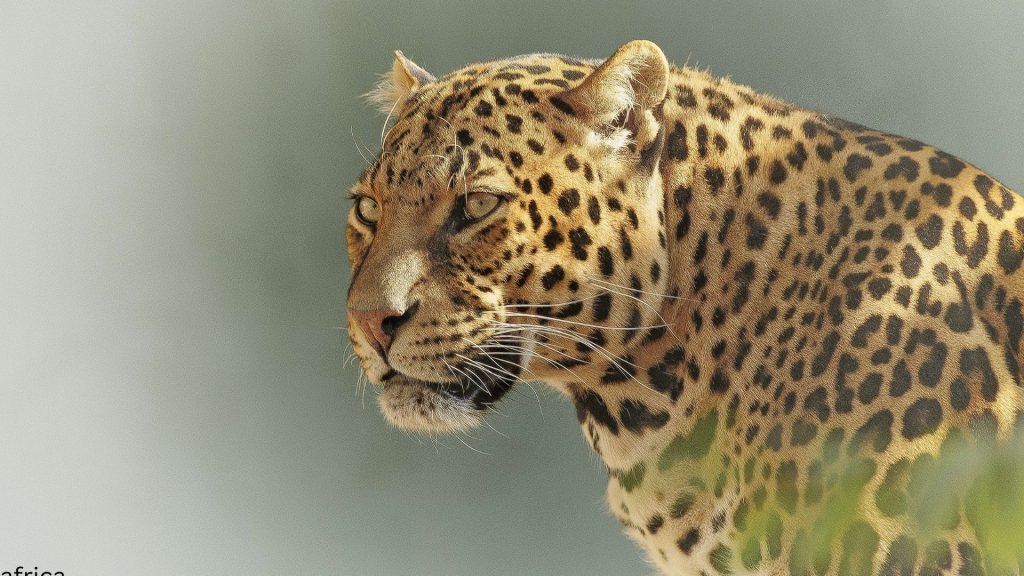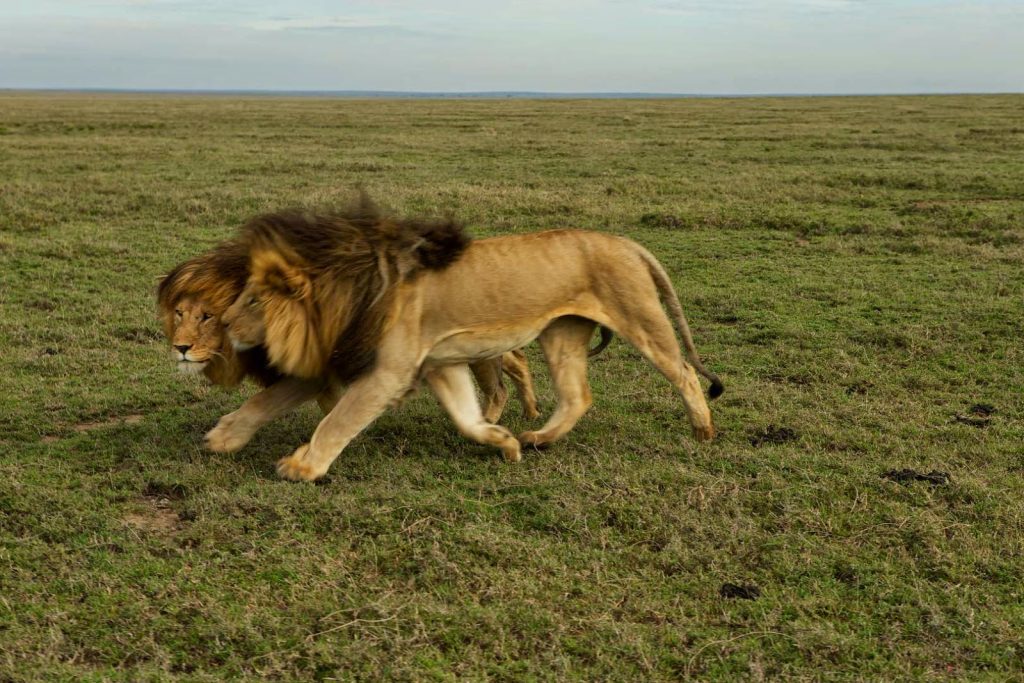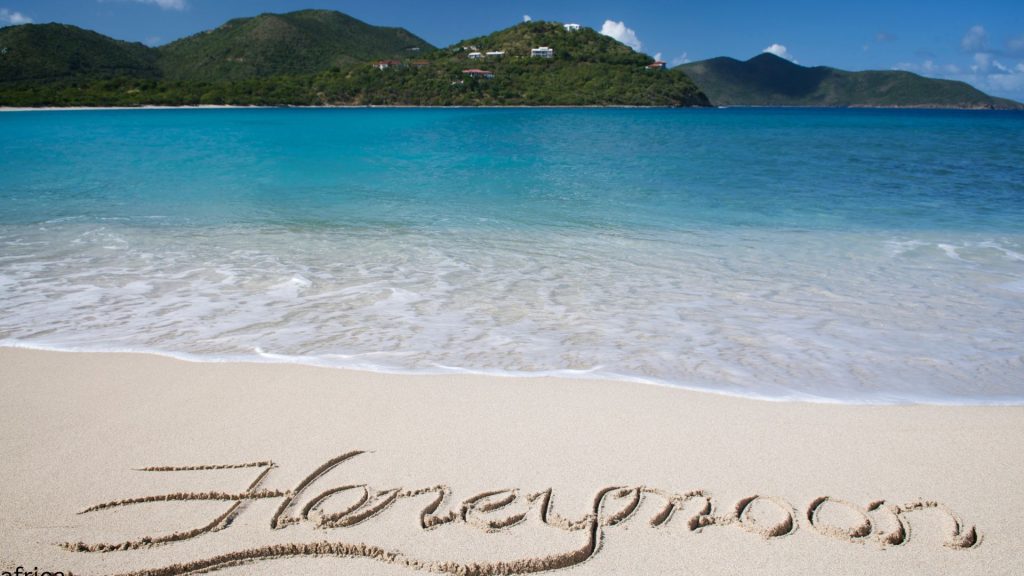Kenya Safari
Kenya safaris highlight the country’s dramatic landscapes, which include a range of national parks and reserves, and refuge to the “Big Five” (elephant, lion, leopard, rhinoceros, and buffalo.)
Safaris remain one of the top travel experiences in the world where expert local guides and tailor-made tours are essential. At Natural World Kenya Safaris, a locally-owned tour operator, we are perfectly equipped to bring you a seamless Kenya safari tour. Our standard safari vehicle is a 4X4 Land Cruiser Jeep that seats six with long-range radios for ease of communication and a pop-up top that makes photography a breeze.
Whether you’re after a safari on a budget, an experience that is comfortable yet affordable, or an exclusive experience luxury Kenya safari, Natural World Kenya Safaris can assist.
Our knowledgeable staff combined with our customizable, interest-driven packages deliver one of the best safaris in Kenya.
Masai Mara National Reserve
When you think of Africa, the picture in your mind’s eye is quite likely a single acacia tree silhouetted on the savanna against a flame-red horizon, inching towards infinity. That classic image is almost certainly from the Masai Mara. One of Kenya’s most famous safari destinations, the Masai Mara is a 583 square mile area of preserved wilderness in southwestern Kenya along the Tanzanian border made up of grassy plains and rolling hills, traversed by the Mara and Talek rivers. Its name derives from the Maasai people, ancestral inhabitants who migrated from the Nile Basin.
Other residents of the Mara, as it is called locally, include lion, cheetah, elephant, leopard, zebra, black rhino, hippo, and hundreds of bird species. Wildebeest, too, cross the Mara plains during the annual wildebeest migration in search of water in one of the greatest wildlife spectacles on earth. It is a jaw-dropping sight and one you won’t soon forget.
Amboseli National Park
Amboseli National Park, the second most visited park in Kenya after the Masai Mara, is known for its spectacular herds of elephants and stunning views of Mount Kilimanjaro, the highest mountain in Africa, just across the border in Tanzania. Large herds of tusked elephants roam the plains in the morning and evening, but you will also see hippo, buffalo, zebra, wildebeest, hyena, and the occasional lion and wild dog.
During the heavy rains, the basin at the center of Amboseli floods, luring throngs of wildlife and providing ample opportunity for eager shutterbugs. Amboseli was declared a UNESCO-Mab Biosphere Reserve in 1991, helping ensure the conservation of biodiversity within the park and the involvement of the local population.
Tsavo East National Park
Kenya’s largest national park by far, the 4,535 square-mile Tsavo East is characterized by flat, dry terrain dotted with huge baobab trees, which lends itself well to spotting the Big Five. All safaris in Tsavo East take place south of the Galana River, an area so vast that you’ll often find yourself and your fellow safari-goers completely alone. The Voi and Galana rivers traverse the park and the Aruba Dam, built across the Voi River, lures scores of birds.
Another interesting feature of the park is the 180-mile-long Yatta Plateau, one of the world’s longest lava flows that runs parallel to Mombasa Highway. The sheer number of games in this park makes it a top attraction. In addition to the more popular species, you’ll have the opportunity to view rarer animals such as the oryx, the lesser kudu, and the klipspringer, a tiny African antelope that hops from rock to rock.
Masai Mara National Reserve
When you think of Africa, the picture in your mind’s eye is quite likely a single acacia tree silhouetted on the savanna against a flame-red horizon, inching towards infinity. That classic image is almost certainly from the Masai Mara. One of Kenya’s most famous safari destinations, the Masai Mara is a 583 square mile area of preserved wilderness in southwestern Kenya along the Tanzanian border made up of grassy plains and rolling hills, traversed by the Mara and Talek rivers. Its name derives from the Maasai people, ancestral inhabitants who migrated from the Nile Basin.
Other residents of the Mara, as it is called locally, include lion, cheetah, elephant, leopard, zebra, black rhino, hippo, and hundreds of bird species. Wildebeest, too, cross the Mara plains during the annual wildebeest migration in search of water in one of the greatest wildlife spectacles on earth. It is a jaw-dropping sight and one you won’t soon forget.
Amboseli National Park
Amboseli National Park, the second most visited park in Kenya after the Masai Mara, is known for its spectacular herds of elephants and stunning views of Mount Kilimanjaro, the highest mountain in Africa, just across the border in Tanzania. Large herds of tusked elephants roam the plains in the morning and evening, but you will also see hippo, buffalo, zebra, wildebeest, hyena, and the occasional lion and wild dog.
During the heavy rains, the basin at the center of Amboseli floods, luring throngs of wildlife and providing ample opportunity for eager shutterbugs. Amboseli was declared a UNESCO-Mab Biosphere Reserve in 1991, helping ensure the conservation of biodiversity within the park and the involvement of the local population.
Tsavo East National Park
Kenya’s largest national park by far, the 4,535 square-mile Tsavo East is characterized by flat, dry terrain dotted with huge baobab trees, which lends itself well to spotting the Big Five. All safaris in Tsavo East take place south of the Galana River, an area so vast that you’ll often find yourself and your fellow safari-goers completely alone. The Voi and Galana rivers traverse the park and the Aruba Dam, built across the Voi River, lures scores of birds.
Another interesting feature of the park is the 180-mile-long Yatta Plateau, one of the world’s longest lava flows that runs parallel to Mombasa Highway. The sheer number of games in this park makes it a top attraction. In addition to the more popular species, you’ll have the opportunity to view rarer animals such as the oryx, the lesser kudu, and the klipspringer, a tiny African antelope that hops from rock to rock.
Samburu National Reserve
In the far north of the country, near Mount Kenya, you’ll find the remote Samburu National Reserve. Samburu is uncrowded and offers excellent game viewing amidst a stunning mix of hilly landscapes, riverine bush, and semi-desert terrain. Here, you won’t be surrounded by other vehicles as you might in other reserves, but you will be privy to kopjes (small hills) and enormous rocky outcrops centered around the Ewaso Ngiro River. This unique geography supports animals adapted to the drier, rockier conditions.
You might even glimpse the red-robed Samburu tribesmen, like their Masai relatives, bringing cattle to the river to drink. The Samburu live in manyattas (villages) that can be moved as they follow the grazing patterns of their livestock. This is also one of few places in Africa where you might spot a camel plodding along the arid plains.
Lake Naivasha and surroundings
A freshwater lake about an hour and a half north of Nairobi, Lake Naivasha is known for its yellow-barked acacia trees, an abundance of hippos, and over 400 species of birds including pelicans, flamingoes, herons, egrets, and kingfishers. Skirted by grassy banks, the rich flora around this sparkling blue lake attracts giraffes, zebra, buffalo, antelope, warthog, and monkeys who come here to graze. There’s more to Naivasha than just the lake, though. You can spot game around the lake or enjoy tea in the garden at Elsamere, the former home of Born Free author Joy Adamson.
Lake Nakuru National Park
Bordered by craggy escarpments, acacia woodlands and waterfalls, Lake Nakuru National Park is known for the abundance of flamingoes that reside in and near this Rift Valley Lake, often covering the lake in such a way that it appears as one giant pink mass. The park is stunning year-round and is home to black and white rhinos, lions, leopards, hippos, and the eye-catching, endangered Rothschild giraffe. The southern end of the lake itself is one of the best spots for viewing wildlife as lions and leopards will often sleep in the trees in the forest below Flamingo Hill.
Nairobi National Park
One of Africa’s smallest national parks at just 45 square miles, Nairobi National Park is also one of the only national parks on the planet that sits within the limits of a capital city. But there is still the chance for numerous wildlife sightings. The park encompasses open plains, rocky outcrops, and streams that run southeast into the acacia-lined Mbatathi Athi River. You can see the Big Five here, minus elephants. However, you can visit orphaned baby elephants in the nursery of the Sheldrick Wildlife Trust, located close to the main entrance to the park. There are as many as 40 black rhinos here, too. Fences separate the park from the nearby suburbs of Langata and Karen.
Ol Pejeta Conservancy
Set between the foothills of the Aberdares and Mount Kenya in the Laikipia Plateau, Ol Pejeta comprises semi-arid grassland, woodland, riverine forest, and wetland beside the scenic Ewaso Nyiro River. It is one of the most esteemed wildlife conservancies in East Africa with all of the Big Five Present. It is most famous for employing highly trained rhino protection squads and a team of international veterinary experts to keep diligent watch over two of the world’s last remaining northern white rhinos and over 140 critically endangered black rhinos. Also present here is Sweetwaters Chimpanzee Sanctuary which houses orphaned and abandoned chimpanzees.
Mount Kenya National Park
Mount Kenya National Park covers 277 square miles, including much of the lower skirts of Mount Kenya, which is the second-highest mountain in Africa after Kilimanjaro. The park is home to elephants, buffalo, black rhinos, and leopards. Several endangered and rare species including sunni buck and albino zebra also live there, and, at lower altitudes, colobus monkeys can also be seen. In 1997, the park and forest reserve around it became a UNESCO World Heritage Site. The Kikuyu peoples and the related Meru and Embu tribes farm the lower slopes of Mount Kenya.
Meru National Park
Meru National Park is located about 200 miles from Nairobi, east of the town of Meru, Kenya. The 340 square mile park shelters elephants, leopards, cheetahs, eastern black rhinos, southern white rhinos, Grevy’s zebra, and hippos, among other species. From the late 1980s until 2000, the park was destroyed by poachers and well into ruin, however, from 2000 to 2005 The Kenya Wildlife Service with the help of a few aid agencies restored the park. It is now one of the most promising parks in East Africa and an excellent one to visit for more serious safari-goers who prefer parks with fewer vehicles. Elsa the Lioness of Born Free fame is buried in Meru, and you can visit her gravesite.



